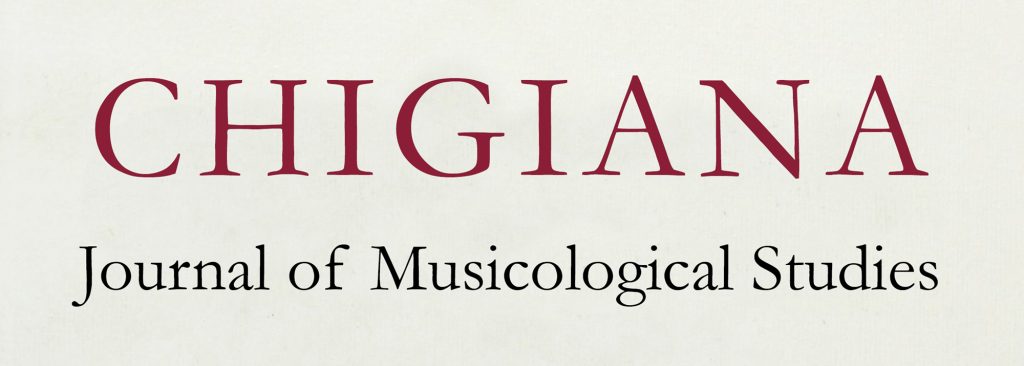
La video performance: un privilegio per lo spettatore?
Maurizio Giani (Università di Bologna)
I would like to begin the summary of my speech quoting the first question posed in the Call for papers we all received a few months ago: «When we listen to music, do we just listen?» Following the idea of listening developed by W. H. Wackenroder at the beginning of Romantic Age, the answer should be a resounding “yes”. Wackenroder argued that the true mode of listening to music «consists of the most attentive observations of the notes and their progression; in the complete surrender of the soul to this torrential stream of emotions; in the distancing and withdrawal from every disruptive thought and from all extraneous sensuous impressions». But today, listening plus watching does not necessarily mean an impoverishment of the experience of music, all the more so when the performed works are well known masterpieces of the western musical canon.
Some examples chosen from the repertoire of classic music in video (Beethoven’s Fifth Symphony conducted by Herbert von Karajan, filmed by Henri-Georges Clouzot; Claudio Abbado’s rendering of Mahler’s Sixth Symphony in Lucerne; Brian Large’s BBC production of Boulez/Chéreau 1976 staging of Der Ring des Nibelungen in Bayreuth) show that a sensitive and careful film and/or television direction can highlight nuances and details of the performance that the audience itself could not so easily identify sitting in theatre. Details which do not diminish, but quite reinforce the values of the aesthetic experience, thus configuring a particular privilege of the listener/spectator.
Nel corso degli ultimi decenni la dimensione visiva ha assunto un carattere talmente pervasivo nell’esperienza della musica da apparirne un elemento centrale. Nella spettacolarizzazione della performance si annidano certo tratti discutibili o addirittura regressivi; ma è indubbio che i non pochi casi di fusione virtuosa tra il “puro” ascolto e l’immagine del contesto reale (sia la sala da concerto sia il teatro d’opera) in cui il suono viene generato possano essere considerati una sorta di valore aggiunto all’offerta musicale in sé e per sé.
Nella relazione vengono analizzati alcuni esempi tratti da registrazioni video di allestimenti operistici (Rheingold di Wagner nell’edizione di Boulez/Chéreau andata in scena a Bayreuth nel 1976) e di concerti sinfonici (la Quinta di Beethoven diretta da Herbert von Karajan con i Berliner Philharmoniker filmata da Henri-Georges Clouzot nel 1966, due esecuzioni mahleriane di Claudio Abbado a Lucerna nel 2006 e 2010), per mostrare come l’accortezza dei registi permetta di far emergere sia dettagli altrimenti inavvertibili, sia addirittura aspetti inediti dell’opera eseguita, configurando una sorta di privilegio per lo spettatore rispetto alla stessa esperienza diretta in sala o in teatro.
